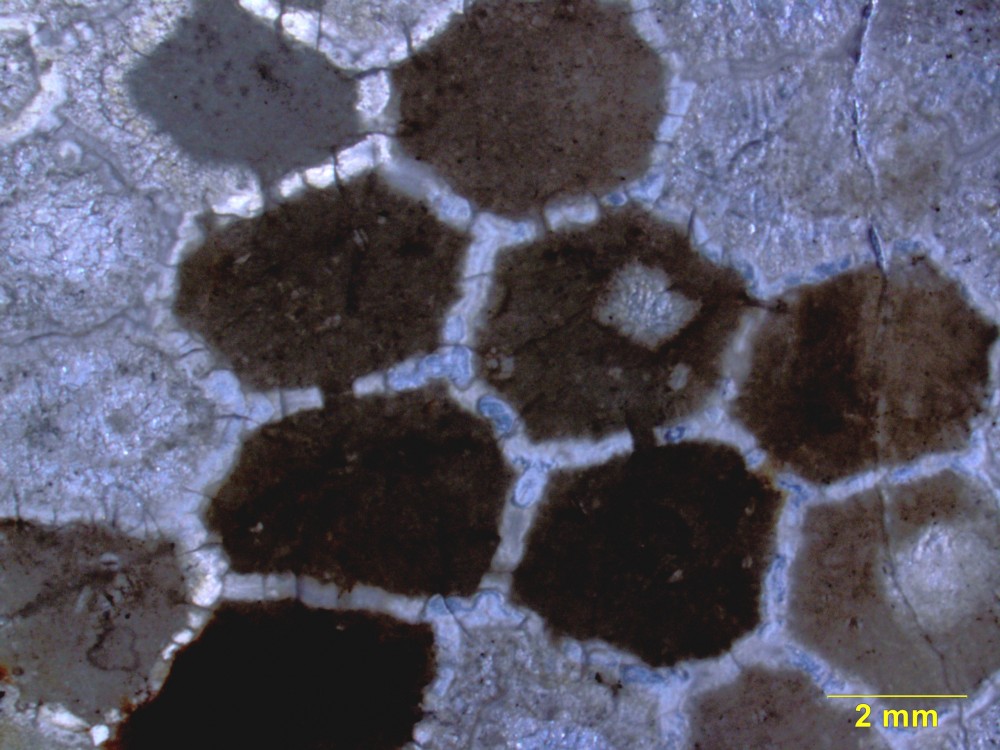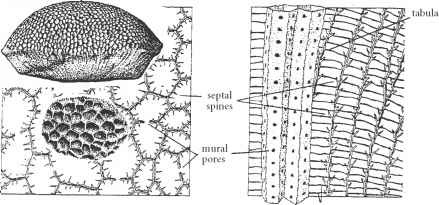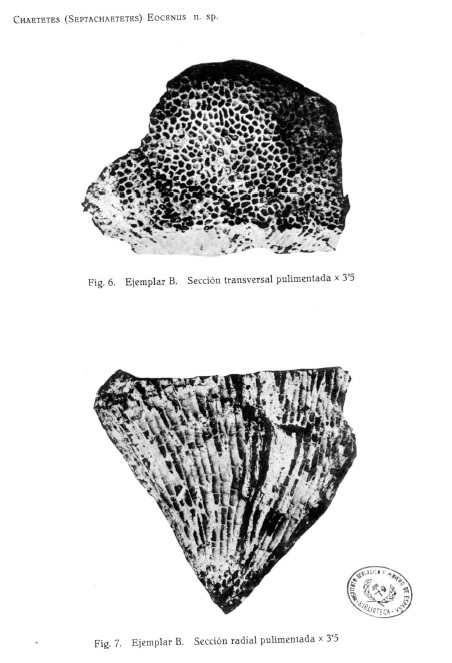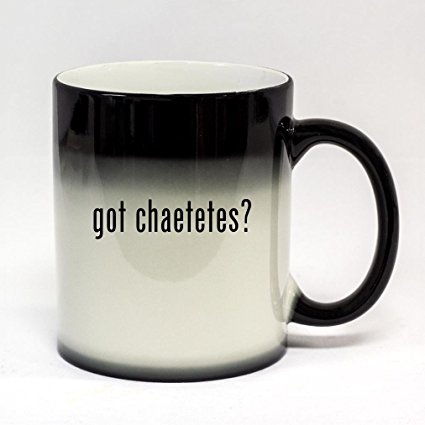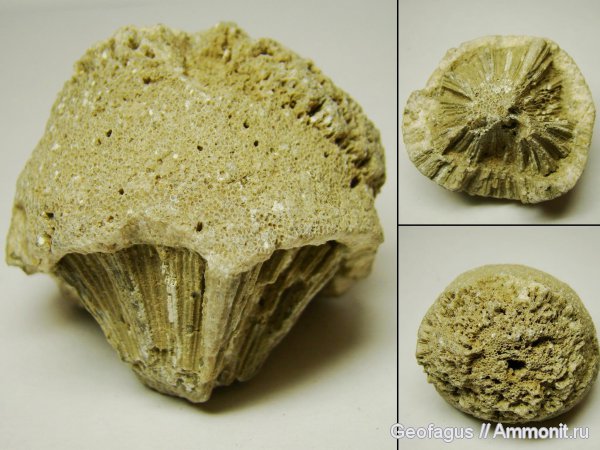As I have already said it is impossible to differentiate these genres with the naked eye.
Thin sections are required.
As can be seen in the articles I cite, the differences between these genres are the presence or absence of penular structures, trabeculae and their density, septal perforations and their regularity or absence, presence of synapticules and quantity of them, etc. Elements all of them that can only be observed in this type of preparations.
In fact Mr. Lathuiliere includes some more genre in this matter, Periseris for example.
In most cases even polished sections would not be sufficiently definitive to assert membership in one genre or another.
There are times that is possible affirm with the naked eye the genre of the materials but it is not the case of these materials that you have posted.
It are materials that at first sight are quite similar.




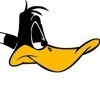

.thumb.png.581014ed6f8ec279c6de1b5c0070c51b.png)

